Wild Madagascar: Photos Reveal Island's Amazing Lemurs
Lemur Life
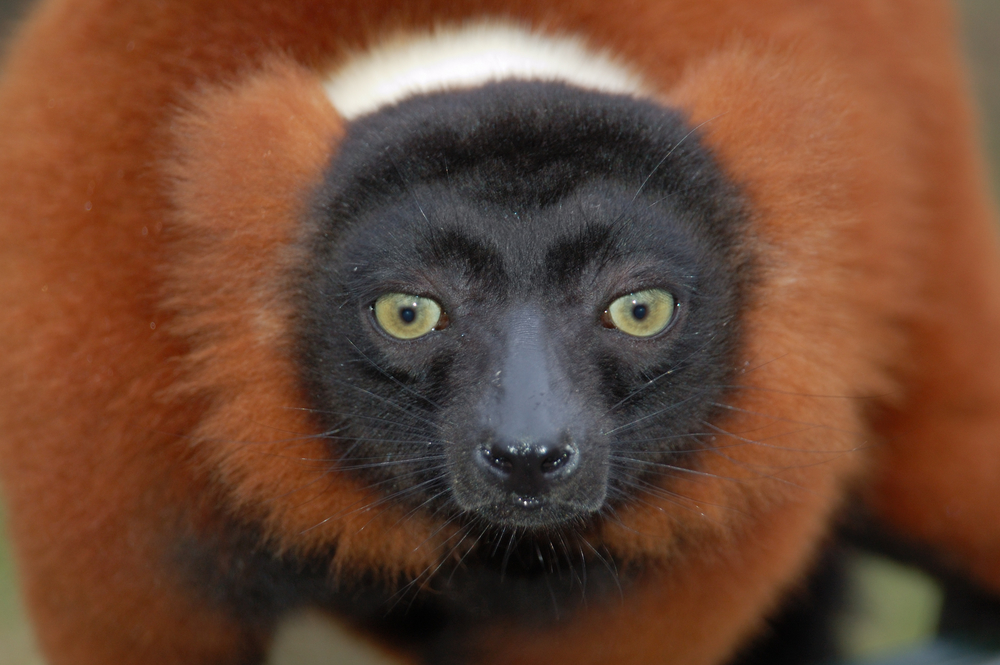
The quirky 100-plus lemur species call just one place home: the island of Madagascar. Since arriving there some 62 million years ago, the primates that became lemurs have enjoyed an island paradise, where there were few predators and plenty of food. The tens of current species have taken on various shapes and sizes, as well as lifestyles.
Now, results of a June 2012 conference of the International Union for Conservation of Nature (IUCN) Species Survival Commission finds that many lemurs are on the brink of extinction due primarily to habitat loss. Here's a look at our wacky Madagascar pals.
Ghostly Stare?
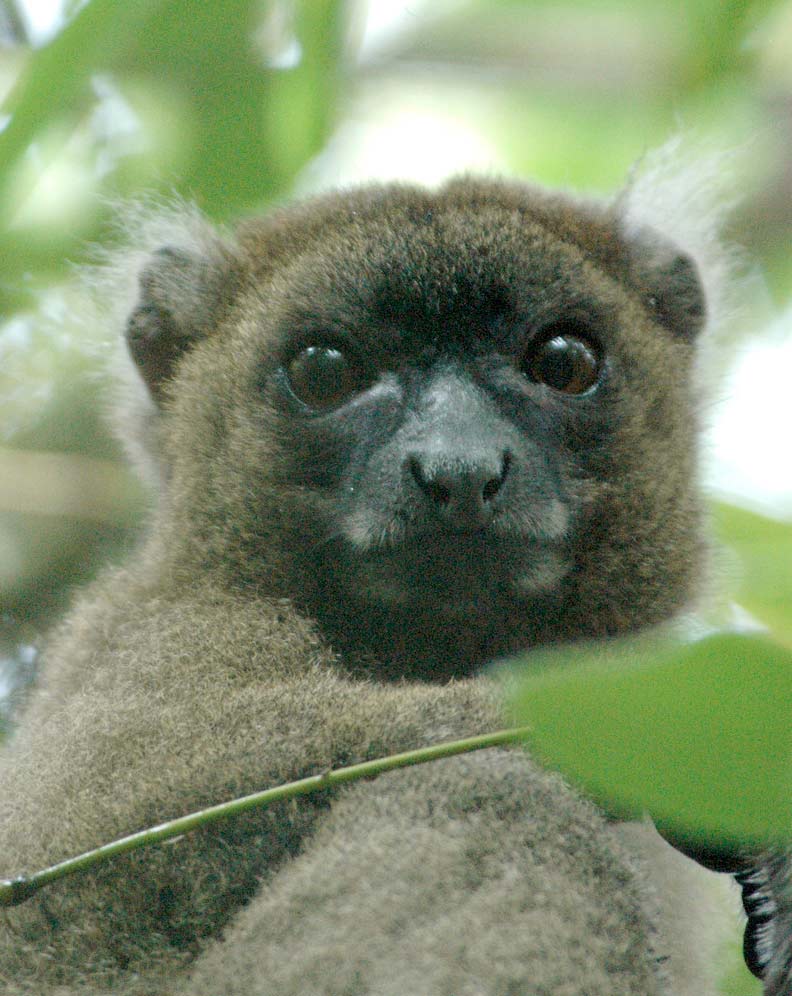
A prosimian primate, lemur in Latin means "ghost." In fact, lemurs' haunting stares and nocturnal activity have led many of the Malagasy people to believe they are ghostlike or spiritlike creatures, according to Duke University Lemur Center. Here, a greater bamboo lemur (Prolemur simus).
Red-Ruffed Lemur
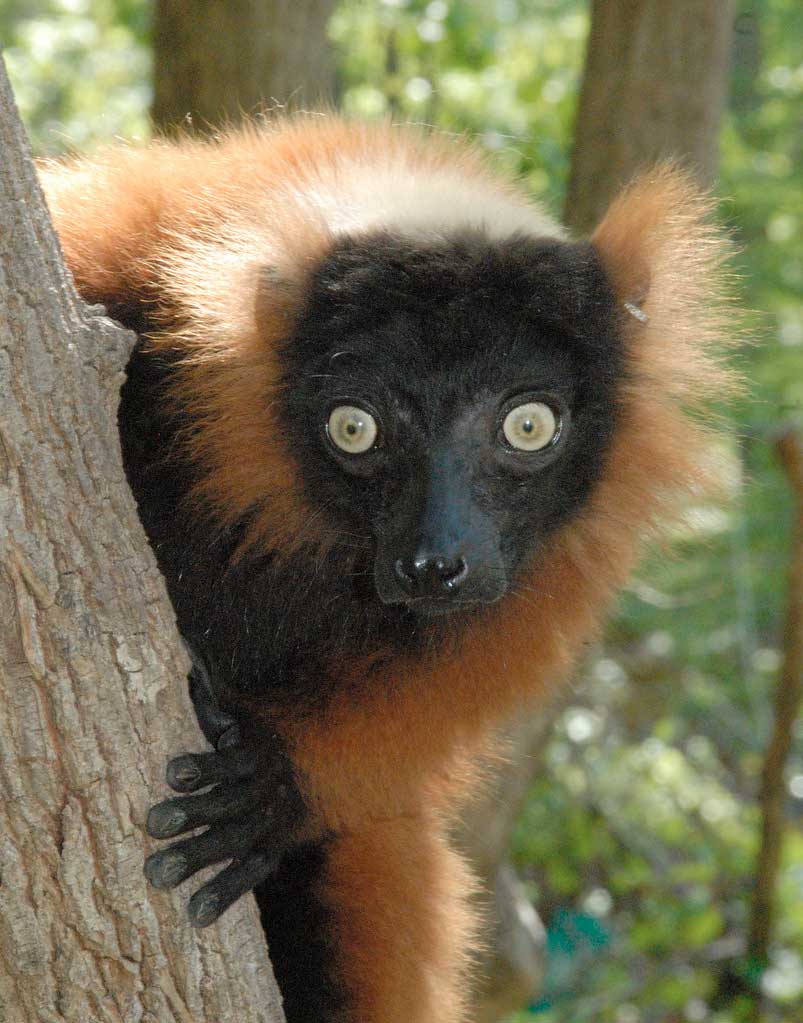
This red-ruffed lemur is found only in the rain forests of Masoala, in the northeast of the island. It is one of the largest primates of Madagascar with a body length of 20 inches (53 centimeters), a tail length of 24 inches (60 cm) and a weight of up to 9 pounds (4 kilograms).
Gray Backs
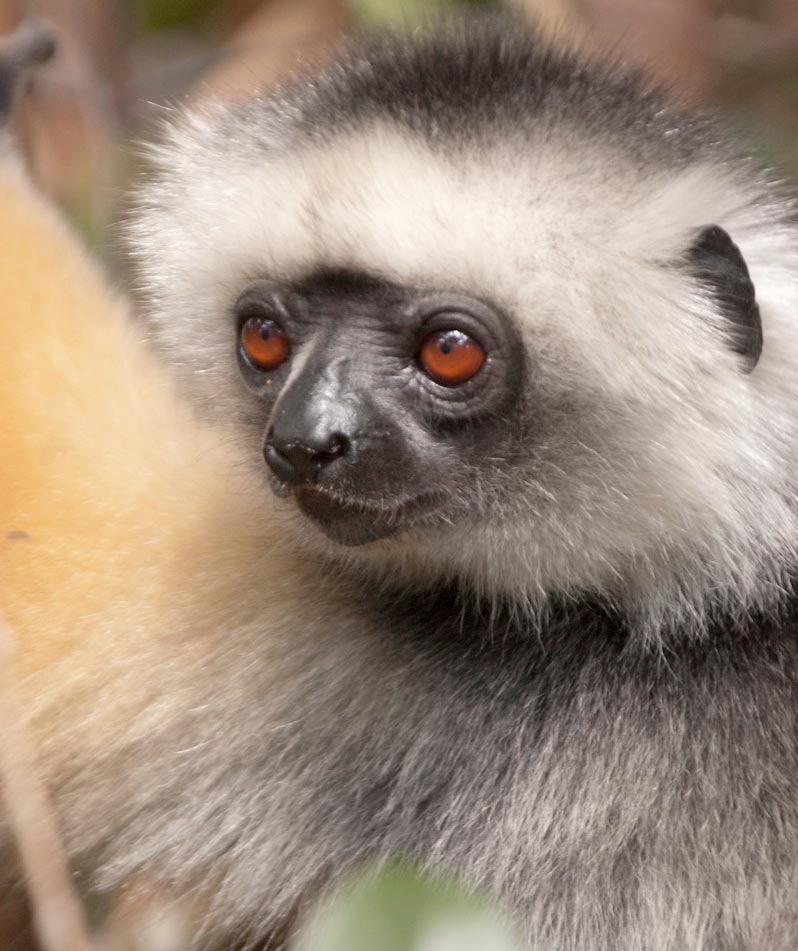
The Diademed sifaka (Propiethecus diadema) is the largest species of the genus Propithecus; it has long silky fur that's gray on the back and shoulders.
Baby Blues
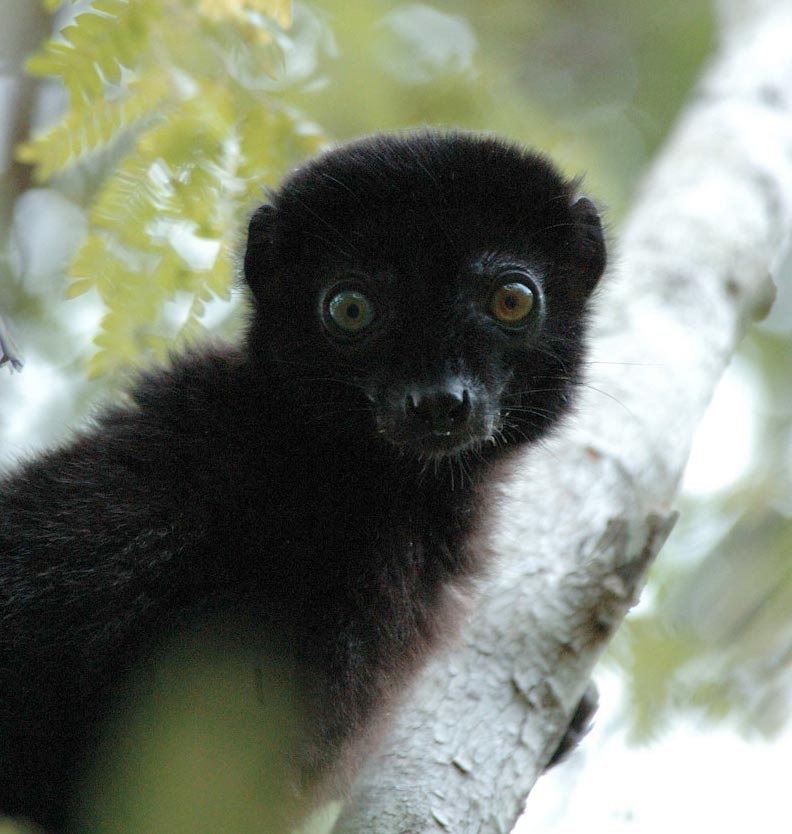
The blue-eyed black lemur (Eulemur flavifrons), a male shown here, is the only primate species other than humans that has blue eyes.
Pipsqueak
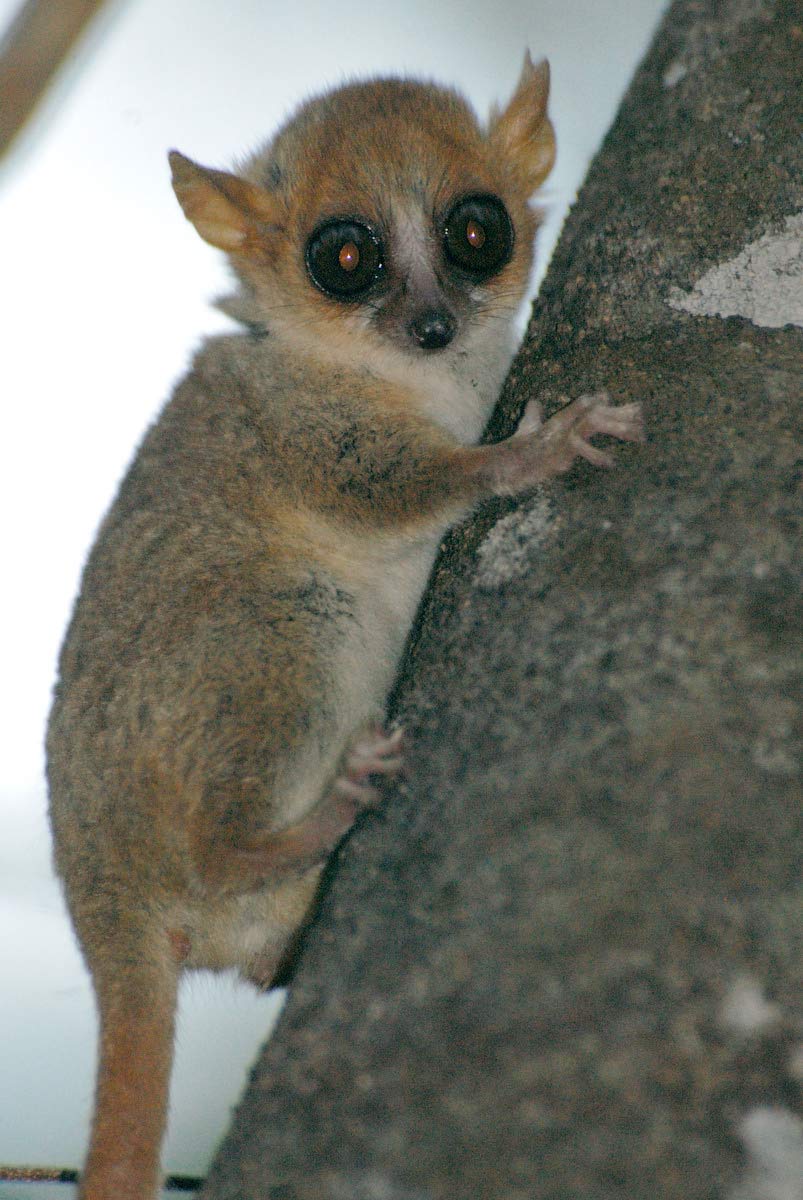
The world's smallest primate, the Madame Berthe's mouse lemur (Microcebus berthae) weighs just 30 grams. Here, the primate is being released into the forest, Kirindy, Madagascar, in August 2007.
Panda Fame?
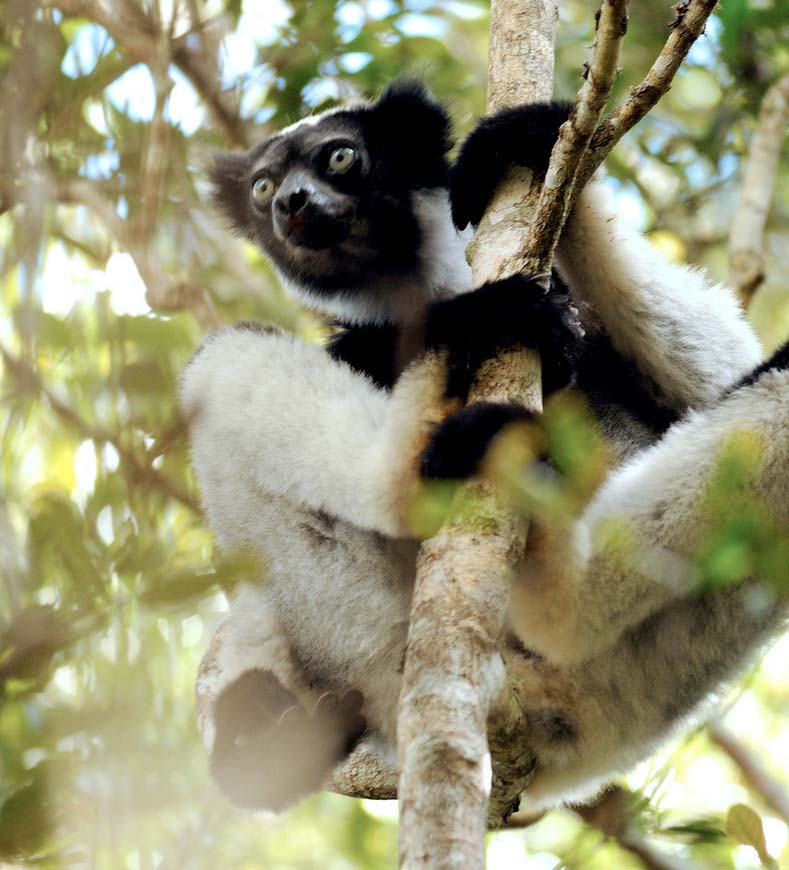
Among the most spectacular species of lemurs assessed as "critically endangered," is the indri, the largest of the living lemurs and a species of symbolic value comparable to that of China's giant panda.
Sign up for the Live Science daily newsletter now
Get the world’s most fascinating discoveries delivered straight to your inbox.
Hanging Out
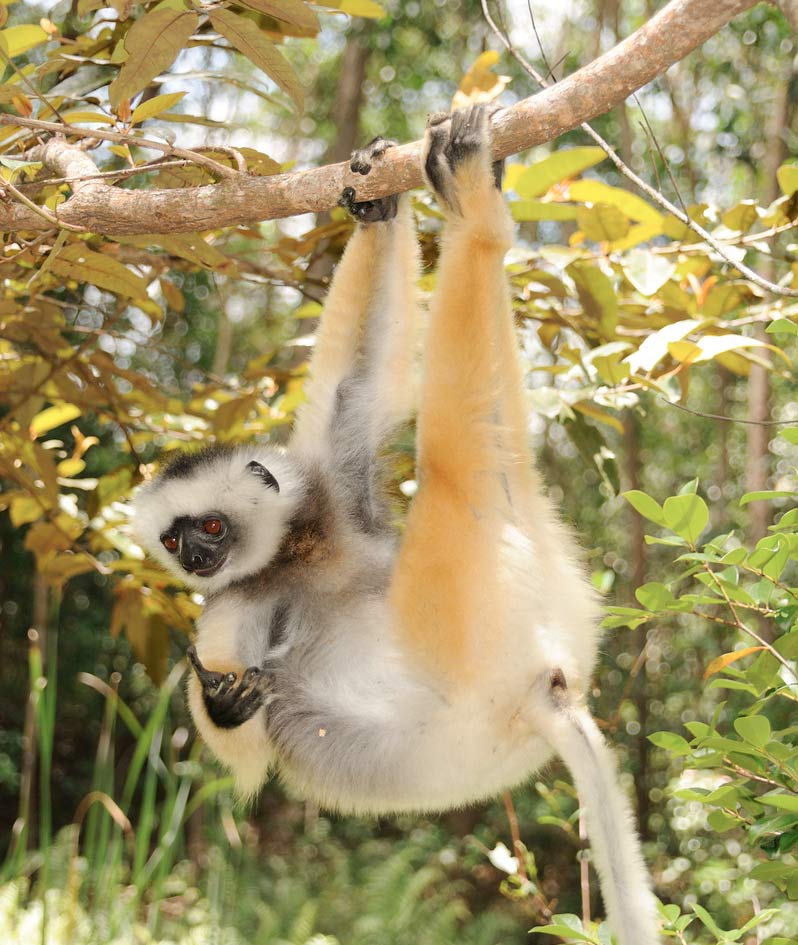
A Diademed sifaka (Propiethecus diadema) suspended from a tree branch.
The Oreo Lemur

A black-and-white ruffed lemur ( Varecia variegata). In general, ruffed lemurs are found in the eastern rain forests of Madagascar, with this one having a wider range than the other ruffed-lemur species, V. rubra, according to the University of Wisconson-Madison's National Primate Research Center.
Jeanna Bryner is managing editor of Scientific American. Previously she was editor in chief of Live Science and, prior to that, an editor at Scholastic's Science World magazine. Bryner has an English degree from Salisbury University, a master's degree in biogeochemistry and environmental sciences from the University of Maryland and a graduate science journalism degree from New York University. She has worked as a biologist in Florida, where she monitored wetlands and did field surveys for endangered species, including the gorgeous Florida Scrub Jay. She also received an ocean sciences journalism fellowship from the Woods Hole Oceanographic Institution. She is a firm believer that science is for everyone and that just about everything can be viewed through the lens of science.










